1. Giant Weta
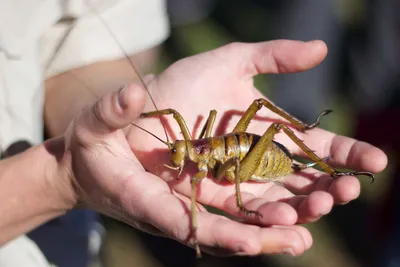
The giant weta is one of the heaviest insects in the world, weighing up to 70 grams. They are found only in New Zealand and are known for their massive size and strange appearance.
2. Goliath Beetle
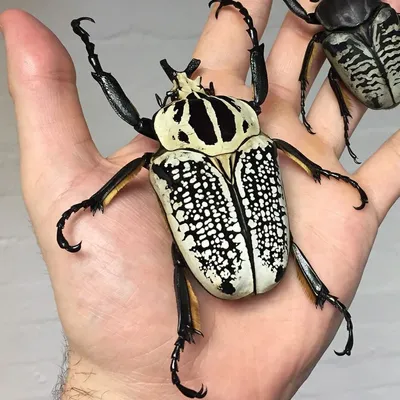
The goliath beetle is one of the largest insects in the world, with some species reaching up to 11 cm in length. They have a unique horn-like structure on their head and are found in Africa.
3. Leaf Insect

The leaf insect is a master of camouflage, looking like a leaf with veins and even small holes. They are found in Asia and Australia and their unique appearance helps them blend in with their surroundings.
4. Orchid Mantis
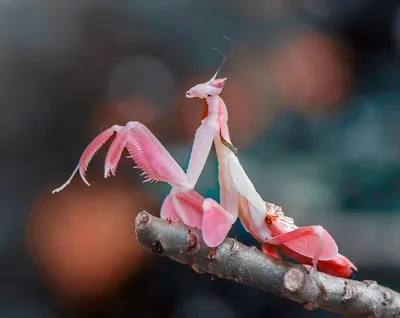
The orchid mantis is a stunning insect that looks like a flower, and is often called the 'walking flower.' They are found in Southeast Asia and are known for their bright pink and white coloration.
5. Giant Water Bug
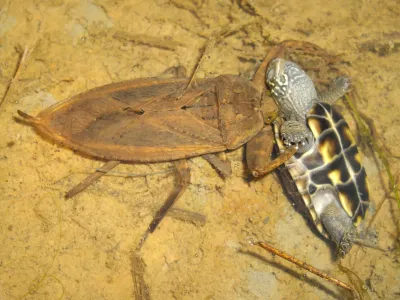
The giant water bug is one of the largest insects in the world, growing up to 12 cm in length. They are found in freshwater habitats and are known for their painful bite, which is used to defend themselves and subdue prey.
6. Assassin Bug
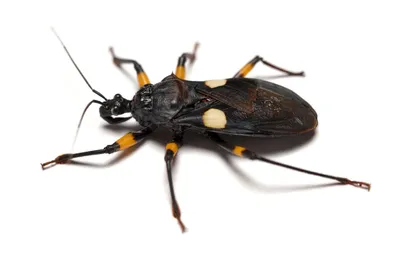
The assassin bug is a master of disguise, blending in with its surroundings to ambush prey. They are found all over the world and are known for their long rostrum, which they use to inject venom into their prey.
7. Horned Rhino Beetle
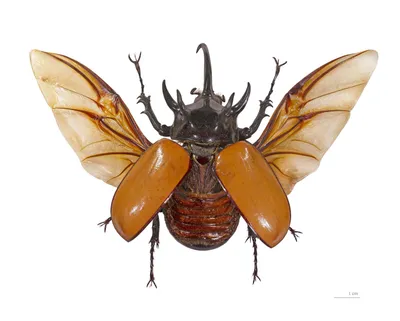
The horned rhino beetle is a large beetle with a unique horn on its head, which it uses to defend itself and attract mates. They are found in Asia and are popular pets in some countries.
8. Mantis Shrimp
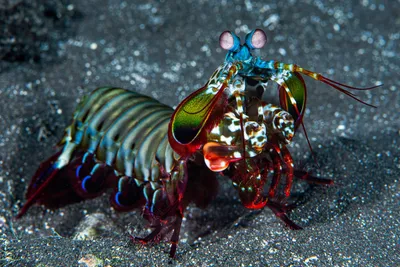
The mantis shrimp is not actually a shrimp, but a type of marine crustacean. They are known for their powerful claws, which they use to hunt prey and defend themselves. They are found in tropical waters around the world.
9. Transparent Winged Butterfly
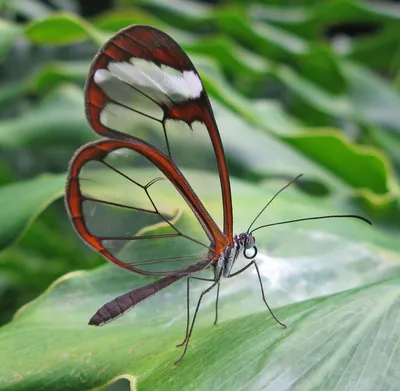
The transparent winged butterfly is a unique species found in South America. Their wings are completely transparent, which makes them almost invisible when they fly.
10. Horned Katydid
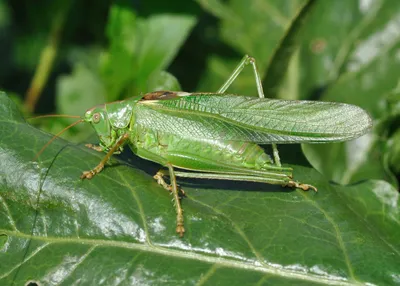
The horned katydid is a large insect found in South America. They are known for their unique appearance, with a horn-like structure on their head and spines on their legs. They are also capable of mimicking the sounds of other insects to avoid predators.
